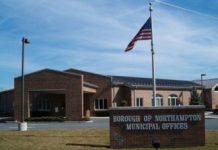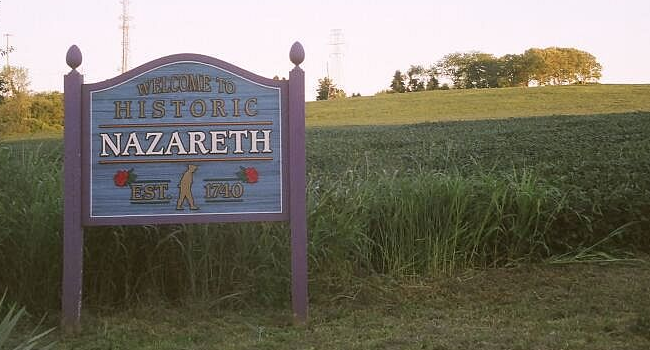In today’s column, myself and my friend Larry Oberly, with camera in hand, continue to remember the old Northampton Brewery that was located on Newport Avenue. The brewery was founded in 1903 by Kirsh Luckenbach and William Seisser. It was called the Laubach Brewery.
Old employees told me that besides their brewery operating the railroad siding was really busy during the fall season competing with a cultural drink, wine. Many residents of Austrian-Hungarian heritage brought their wine-making skills to the Lehigh Valley. In Europe, a glass of wine was a part of many a meal.
Grapes were brought in by boxcars to fill the needs of the wine makers. Residents from Northampton, Coplay and the area would come to the brewery for their order of grapes. Both my grandfather and father were skilled wine makers.
In 1919 Congress enacted Prohibition as a result of the 18th Amendment. The Volstead Act defined intoxicating beverages as those containing as much as one half of one percent alcohol. I think my daily cup of tea is stronger! Beer, which was brewed was called “Near Beer” containing not much more than water.
Prohibition agents made periodic brewery checks but on occasion old employees said, “We were able to produce some real beer without being cited.” Prohibition was unpopular so bootleggers provided illegal alcohol to willing buyers. If you wanted a drink there was a place where you could get one.
With the election of Franklin D. Roosevelt, prohibition ended and the hotels and taverns could serve legal drinks to their customers.
World War II saw American industry boom with war orders. Tru Blu witnessed a great demand for its beer. At the brewery’s peak, they employed 185 men and produced 187,000 barrels of beer. It was widely distributed during the war. The men worked about the clock. The brew master was Samuel Duld.
I resided in the neighborhood and was in the brewery a number of times, usually in the evening. As a youth I worked on William Smith’s farm in Weaversville. I would accompany him in his trusty 1938 Chevy truck with malt, a mixture of barley, hops and grain discarded after the brewing process.
The malt was hot and steamy. We would haul it to the farm to feed the dairy herd. They loved it. We said it was dessert for the cows. Because of the remaining protein milk, production increased. Today we would call it recycling.
The steam engines serving the brewery, the rumble of wooden barrels, the brewing aroma were part of our neighborhood. There were no complaints, the brewery and their employees were part of our community.
After the war, the giants of the brewing industry mass produced beer and our Tru Blu could not meet the competition. The last case and barrel left the building in 1950. The brewery faded into history. The sturdy old building remains a landmark of the borough’s industrial past.
Next we’ll share some Tru Blue artifacts with you.









